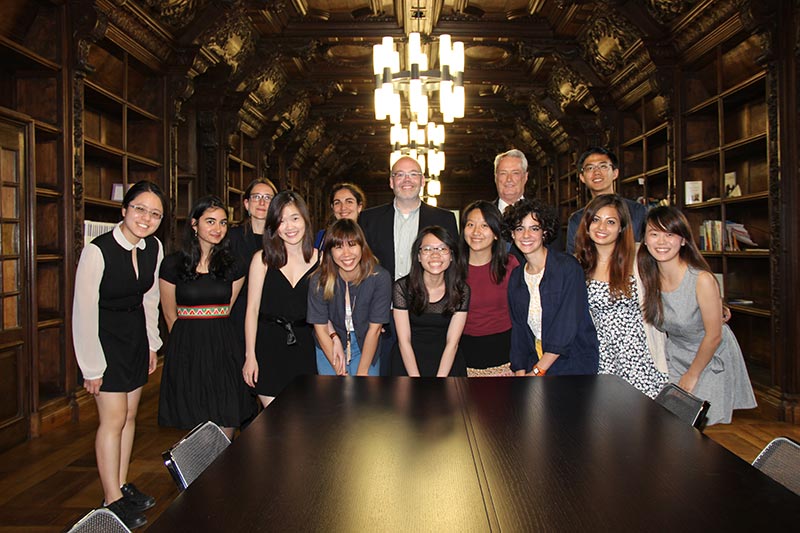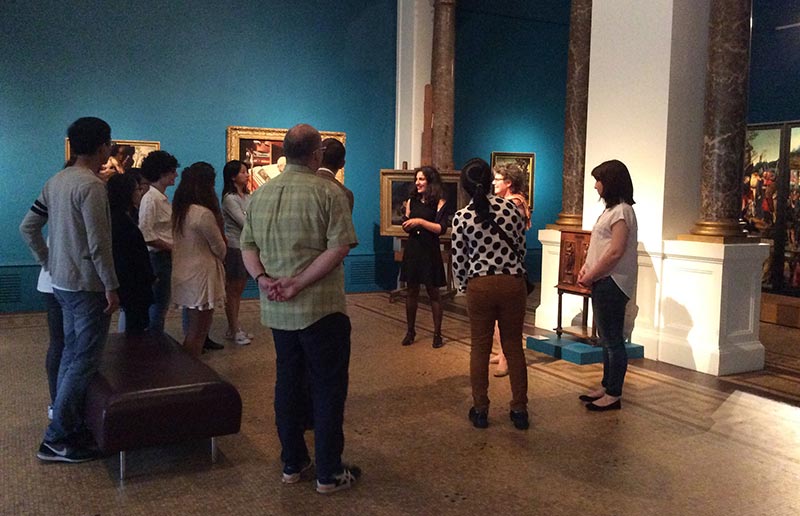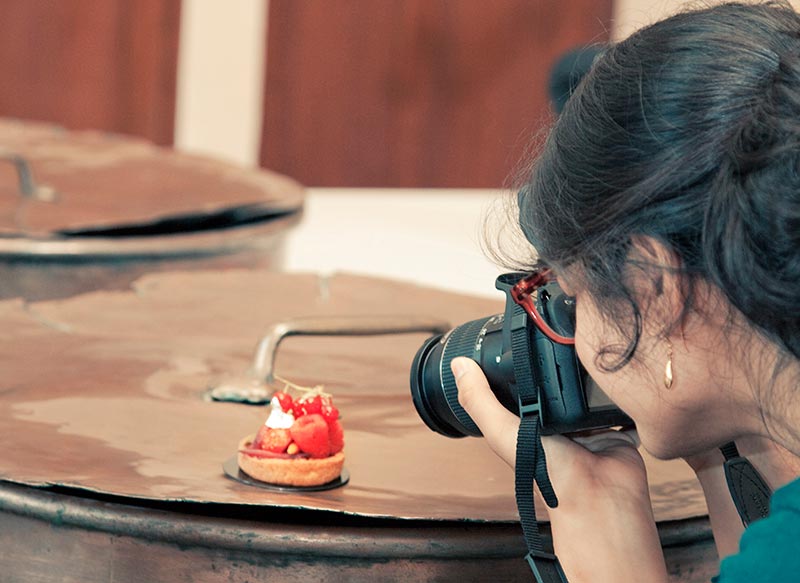USP-Sciences Po Comparative Cultural Rhetorics Academy – “The Programme Has Changed the Way I Look at a Menu”
Published: 27 July 2016
This article is reproduced from the original feature on Sciences Po website on 21 July 2016. In June 2016, eight USP students, together with NUS and Sciences Po students, participated in a two-week undergraduate intensive non-credited seminar led by USP faculty Dr Mark Brantner. Under the theme “Rhetorics of Food”, the programme introduced students to methods of rhetorical analysis and production developed in and appropriate to Asian, European and American contexts. Students studied for one week in Singapore and one week in Reims, France.
In June 2016, Sciences Po ran a summer programme with the National University of Singapore (NUS) called "Comparative Cultural Rhetorics Academy: Rhetoric and Food". This two-week programme started in Singapore and ended on the Sciences Po campus in Reims. Beverly Goh Ting Xuan was one of the nine students from NUS.
Why did you take this programme?
What attracted me at first was the idea of learning about France’s food culture by actually travelling to France, as it is not common for such an opportunity to come up.
During the programme, I was further motivated by the interesting ways in which we can study and talk about food. We can look at food in many ways – mundanely as a source of energy to live, or from many other different and interesting perspectives, such as explaining how food can affect people’s behaviour, or even discovering ways in which texts and space around food, as it is presented to consumers, can affect consumers’ choices. These are ideas and concepts that we may forget to appreciate, especially since food is something that is closely connected to our day-to-day activities.

The students and organisers of the Food and Rhetoric programme with His Excellency Hugues Goisbault, former chief of protocol at the Elysée palace. Mr Goisbault gave a lecture on "Etiquette and Protocole: Food, Diplomacy, and Politics".
What have you learned over these two weeks?
I have definitely learned to be more observant and critical about food and the space in which it is presented. For example, trying to determine what is “authentic”, understanding who and what provides this ethos to claim authenticity, and being aware of how this affects our view of a particular stall or food.
After the trip, I was searching for a recipe to make a Napoleon cake and I was much more aware about how the recipe books were written. Some recipes explained very methodically how the cake should be baked, while others included details such as the author’s memories of the recipe, or special care to take when baking the cake. The different presentation of the recipes, as we learned in class, would attract different groups of people who have different needs and expertise. I find myself being more critical of these issues after my time at Sciences Po.

The students during the "Still life and food representation" workshop at the Reims Museum of Fine Arts. During this workshop, philosopher and still-life painter Paul Magendie commented on several of the museum's canvases.
Which class or visit did you enjoy most and why?
I enjoyed the visit to the Les Crayères restaurant. I very much appreciated the class on champagne tasting and the tour of this Michelin-starred restaurant and its kitchen. Observations of the diners, the way in which the restaurant organises how diners sat and dined – these were factors that affected how diners perceive the food and experience they pay for and which contribute to the rhetorics of food. Using these real-life experiences and observations as material for class definitely allowed us to engage in class discussions more actively.

A student during the "Food images and visual rhetoric" workshop run by food photographer Marie Gheerardyn.
At the end of the programme, you were asked to work on a recipe. Which recipe did you choose and why?
I chose a recipe that my father used to cook for my brother and me, ginseng chicken soup. The dish may be simple, but I have fond memories of it. So when I wrote the recipe, I focused more on describing the times I had eaten the dish, rather than describing the method for making the soup. This opportunity to create a recipe from scratch after learning about recipes in class was a great way to really think through what I’d learned and put it into practice.
Related links
- Discover the dual Bachelor’s degree programme between Sciences Po and the National University of Singapore
- The Comparative Cultural Rhetorics Academy: Rhetoric and Food programme is supported by USPC-NUS Joint Innovative Projects in Higher Education Grant. Learn more about the USPC office in Singapore

